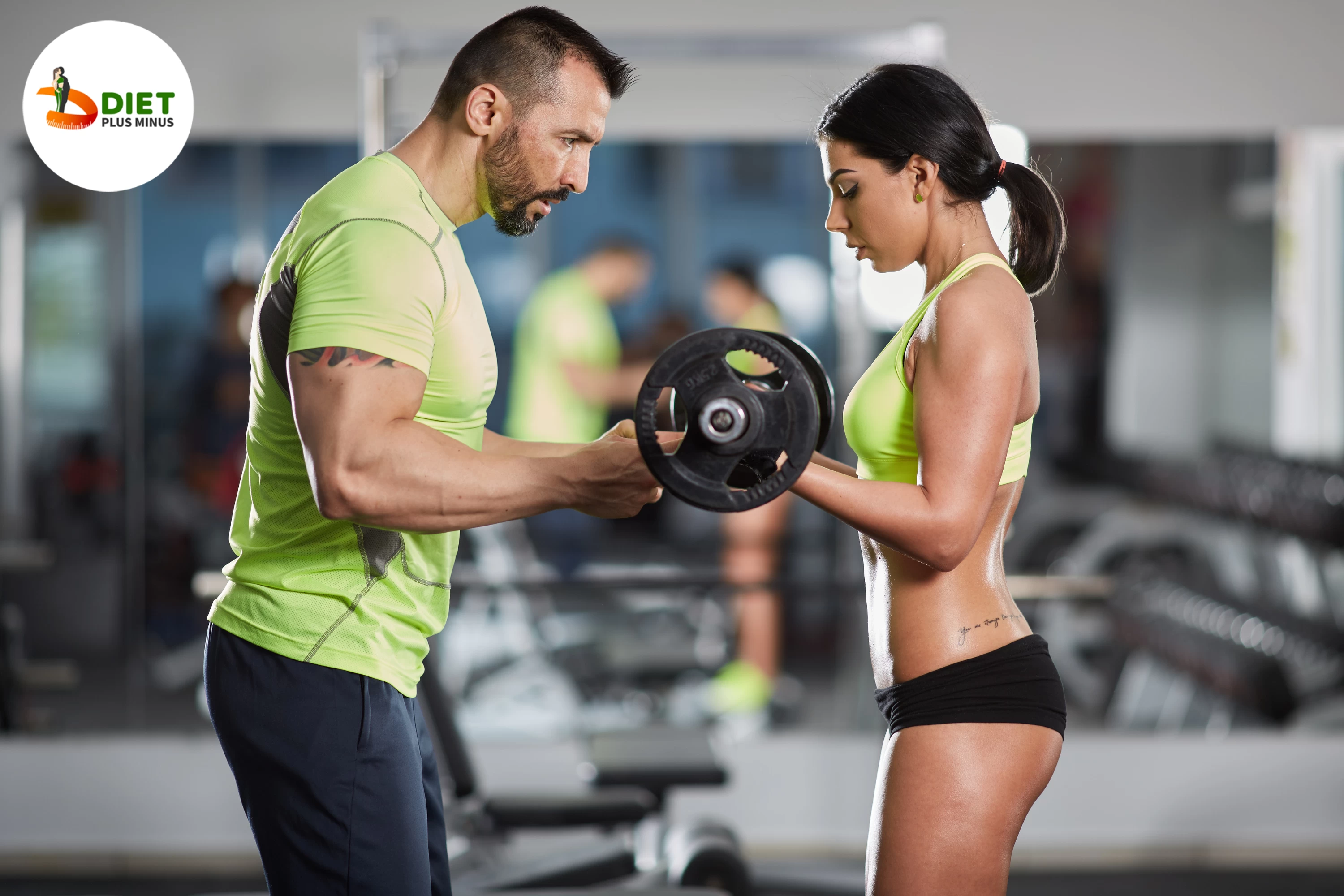Biceps: Barbell Curl

What are Biceps?
Biceps are front-arm muscles. Biceps flex and rotate the forearm. Barbell curls target these muscles. Standing with a barbell in your hands and elbows close to your sides, curl the barbell towards your shoulders until full contraction. Avoid swinging and jerking while lifting the weight with your biceps. Maintaining bicep tension throughout reps, slowly lower the weight. Barbell curls can build bicep strength and definition over time.
Muscles Involved: Primary and Secondary
Barbell curls focus on the biceps brachii. This shoulder-to-elbow muscle is two-headed. The biceps flex the elbow and supinate the forearm when barbell curling. The brachialis works synergistically with the biceps to flex the elbow. The ulna bone of the forearm receives it from both sides of the humerus bone beneath the bicep.
Upper and lower arm muscles assist barbell curls. These include triceps, which oppose elbow flexion; deltoids, which stabilise shoulder joint movement; supraspinatus, which supports weight overhead; and wrist flexors and extensors, which help grip strength and stabilisation during exercise motion. Erector spinae core muscles help maintain posture while curling heavy weights.
Types of Barbell Curls: Standing, Seated
Standing Barbell Curls are a popular and effective biceps exercise. This exercise requires standing shoulder-width apart and gripping a barbell overhand or underhand. Start by bending your elbows to lift the bar to your chest while keeping your back straight and squeezing your biceps. Pause at the top and exhale as you lower it to complete one repetition. This exercise can be done with heavy or light weights for strength or muscular endurance.
Seated Barbell Curls isolate your biceps better than standing ones. Sit on a bench and grip a barbell with an overhand or underhand grip while reaching out in front of you. Bend at the elbow and curl the weight until it reaches just below your chin before slowly lowering it for a full repetition. Maintain good form and contract your biceps during each curl.
Bench Press Barbell curls are another great variation that targets different bicep muscle groups better than standing or seated curls.
Barbell Curl Benefits
Barbell curls strengthen and build biceps. They involve curling a barbell towards your shoulder with both hands, palms up. This simple exercise improves upper body strength with a variety of reps and weights.
Barbell curls boost muscle hypertrophy. Due to the high resistance of lifting heavier weights, regular practise can build bigger, stronger biceps. Because you must hold the barbell throughout each rep, this exercise also improves grip strength. Grip strength also improves pull-ups and deadlifts.
Barbell curls improve posture and core stability by stabilising upper body musculature. This exercise reduces posture imbalances that can lead to back pain or injuries if left unchecked by contracting your biceps. Core stability improves balance during squats and lunges, which boosts fitness over time.
Safety Measures
Biceps barbell curls are no different—form is crucial. Good form will improve your workout results and keep you safe. If biceps barbell curls feel too heavy, lower the weight. Keep your back straight, head up, and grip neutral throughout the movement. To ensure proper form, raise your upper arm close to your torso and curl in a controlled manner until your elbows reach full extension, pause, and slowly return to the starting position.
Biceps barbell curls require safety precautions. Avoid distractions and bending over forward, which can strain your neck and lower back. Always be aware of other gymgoers who may have different weights or equipment. Finally, if you feel pain during an exercise set, stop immediately. Continuing without rest or medical attention could lead to further injury.
Exercise Variations
Inclination barbell curls exist. This exercise requires a barbell and an inclined bench. Lift the weight to your shoulders with straight arms and elbows close to your body. This angle targets biceps muscles and arm muscle fibres.
Hammer curls are similar to regular curls, but you lift the weight with your palms facing inward instead of outward. This targets specific muscles and fibres for definition and growth.
Concentration curls are similar to bicep curls, but you sit on a flat bench or chair and rest your elbow against your inner thigh for stability as you lift the weight to shoulder level and lower it again. Due to its isolation, this variation works one side harder than barbell curls.
Conclusion
Barbell curls are great for biceps. It can be done anywhere with any dumbbells. This exercise strengthens and endurance all upper arm muscles. If you have joint pain or mobility issues, the barbell curl is ideal because it's low-impact. This exercise should improve biceps development if done properly. Include other bicep exercises and eat protein-rich foods throughout the day to maximise results.
In Short:
Steps involved:
-
Keep your deltoids firm, and curl your forearms forward while contracting the biceps as you exhale out.
-
Contract your biceps until you feel a maximum squeeze in your biceps and don't move your elbows in front while performing this motion.
-
Hold the barbell near the deltoids at the contracted position for a second and squeeze your biceps maximum at that position.
-
Slowly descend the weights to the initial position.
Do’s:
-
Fully extend your arms.
-
Raise the bar as high as possible.
-
Move the weight in a controlled manner.
-
Always do this exercise at first in your biceps workout.
Don’ts:
-
Don’t use your entire body to lift up the bar.
-
Don’t allow the elbows to come forward while lifting the weights up.
-
Don’t bend your back.
-
Do not hold the bars too far or close.
